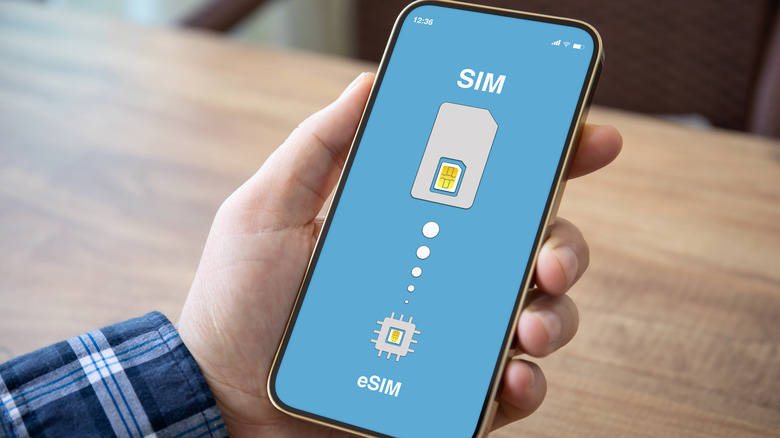
eSIM: Complete guide for travelers in Vietnam
- on Sep 19, 2024 By: Phuong Mai NGUYEN
eSIM technology is integrated into smartphones, tablets, and laptops, allowing users to connect to cellphone networks by purchasing data plans directly from their devices, eliminating the need for a physical SIM card.
For those planning a trip to Vietnam, this article will explain in detail how to use eSIM while traveling in Vietnam.
What Is eSIM and How Does It Work?
eSIM, or "embedded SIM," is a virtual SIM card technology integrated directly into compatible devices. Unlike traditional physical SIM cards, eSIMs are activated remotely without needing to be inserted into the device.
Functioning as an integrated microchip, eSIM stores your SIM card information directly on your mobile device. When you purchase a data plan or phone package, the information is transmitted to your mobile device via a wireless connection and stored on the eSIM. This setup enables you to connect to mobile networks and access the Internet, make calls, or send text messages.
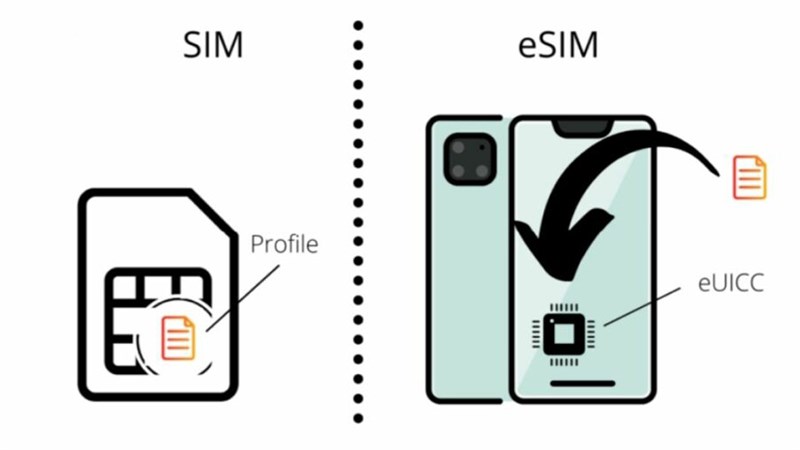
What's great about eSIM is that it lets you buy local data plans and phone packages directly from your mobile device without having to buy a physical SIM card at a point of sale. This can be particularly useful when you're traveling abroad and want to avoid high roaming charges. Additionally, eSIM is easy to activate and configure, making it convenient to use.
Keep in mind that eSIM is not yet supported by all mobile operators and is not yet compatible with all mobile devices. Before purchasing a data plan or phone package for your eSIM, make sure your device is compatible and that the mobile operator supports this technology.
Advantages of eSIM for travelers in Vietnam
Travelers who choose eSIM in Vietnam could benefit from various perks that improve their trip experience:
- Seamless carrier switching: With eSIM, you can effortlessly switch between operators without the need to physically swap SIM cards, providing flexibility and convenience.
- Time-saving: Purchasing and activating an eSIM data plan can be done directly from your device, eliminating the need to visit a sale point and saving you valuable time.
- Efficient mobile plan management: eSIM allows users to store multiple mobile plans on a single device, making it easy to manage and switch between them as needed.
- Better security: Unlike physical SIM cards, eSIMs are integrated into your device, thereby reducing the risk of loss or theft and ensuring the protection of your personal information.
- Cost-effective travel: By purchasing local eSIM data plans, you can avoid expensive roaming fees, making eSIM a cost-effective option for staying connected while traveling.
How to use eSIM in Vietnam: Step-by-step
Check whether your device supports eSIM
Try these steps to check whether your device supports eSIM:
iPhone: On your iPhone, go to Settings, then select “Cellular”. If “Add eSIM” option is available, this means your iPhone supports this technology.
Samsung Galaxy devices: On your Android smartphone, go to Settings, then tap “Connections”. Continue to tap “SIM Manager”. If “Add eSIM” is available, your device supports eSIM.
Google Pixels devices: Open “Settings” then tap “Network & Internet”. Next, tap the “+” beside SIMs. If the “Connect to mobile network” page has an option that says “Download a SIM instead?”, your device is eSim capable.
Tablet: To check whether your tablet is compatible with eSIM, go to “Settings” and select “Mobile Network” or “Cellular”. If “Add mobile network” is there, your tablet should support eSIM.
Please note that eSIM support varies between mobile device models and manufacturers. Be sure to check your device's specifications to determine whether it supports eSIM.
eSim-supported devices in Vietnam:
Android:
Samsung: Samsung Galaxy S20, Samsung Galaxy S20+, Samsung Galaxy S20 Ultra, Samsung Galaxy Note20, Samsung Galaxy Note20 Ultra, Samsung Galaxy S21 5G, Samsung Galaxy S21+ 5G, Samsung Galaxy S21 Ultra 5G, Samsung Galaxy Fold, Samsung Galaxy Z Fold2, Samsung Galaxy Z Fold3, Samsung Galaxy Z Flip, Samsung Galaxy Z Flip3.
Google Pixel: Google Pixel 2, Google Pixel 3, Google Pixel 3 XL, Google Pixel 3a, Google Pixel 3a XL, Google Pixel 4, Google Pixel 4 XL, Google Pixel 5.
iPhone: iPhone Xs, iPhone Xs Max et iPhone Xr, iPhone 11, iPhone 11 Pro et iPhone 11 Pro Max, iPhone SE, iPhone 12, iPhone 12 Pro, iPhone 12 Pro Max et iPhone 12 mini, iPhone 13, iPhone 13 mini, iPhone 13 Pro, iPhone 13 Pro Max.
Purchase an eSIM plan for Vietnam
If you are planning to travel to Vietnam, a data plan is needed to help you stay networked. To purchase an eSIM data plan for Vietnam, you can try following these few simple steps:
- Look for local mobile operators, such as Viettel, Vinaphone, and Mobifone. You can either check out their websites or visit one of their outlets to buy an eSIM data plan.
- Choose an eSIM data plan that aligns with your usage needs and budget. Packages vary based on data volume, validity period, and cost.
- After selecting a suitable package, proceed to purchase it either online through the operator’s website or visit their retail outlets. Be prepared to provide necessary information like your name, address, and passport number (if required).
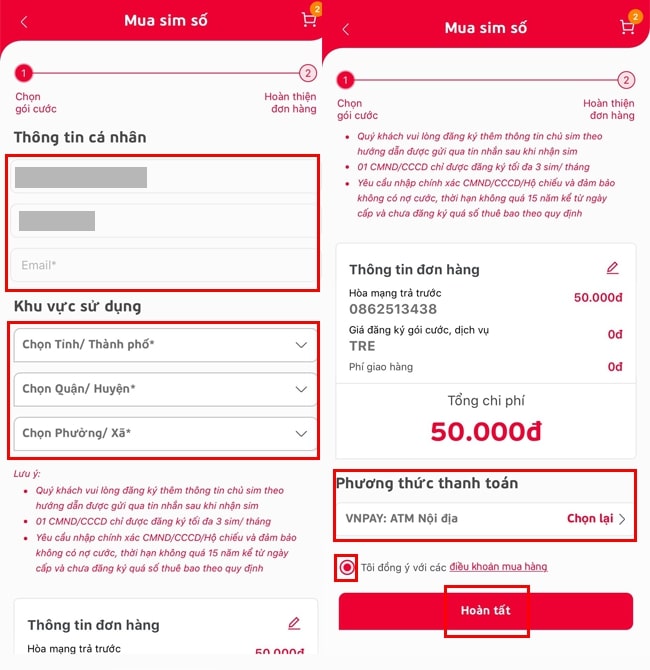
Activate the eSIM
Here are the common steps you can take to activate your eSIM:
- Open your device settings app and tap on “Cellular”/“Connections” or “Network & Internet”.
- Select “Add eSIM”. If you already have a physical SIM card inserted in your device, you must remove it before you can add an eSIM package.
- Follow the on-screen instructions to add your eSIM data plan. You may need to enter a QR code provided by your mobile operator or enter your data plan information manually.
Note that eSIM activation may vary depending on the mobile device you're using and the mobile operator you've chosen. Be sure to follow the instructions specific to your device and contact your mobile operator if you have any activation problems.
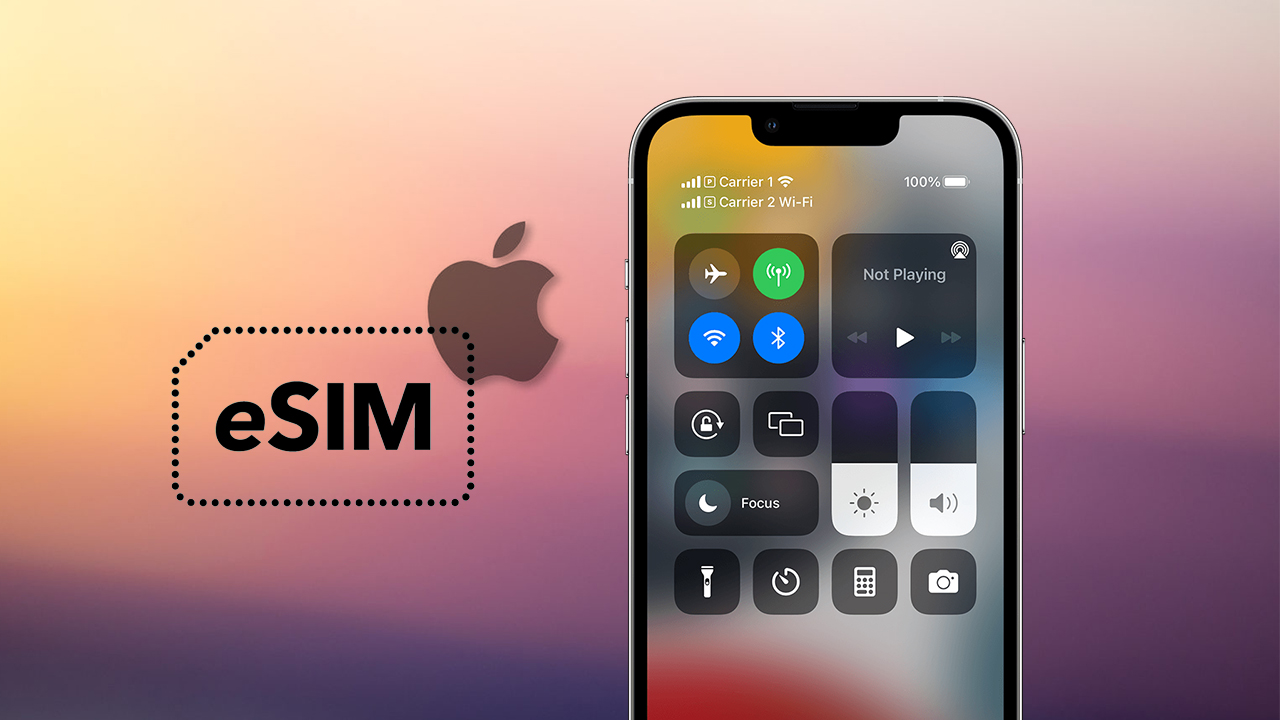
Vietnam’s eSIM-Compatible mobile network operators
Here are three leading mobile network providers that offer eSIM services in Vietnam:
Viettel: Known for its extensive coverage, Viettel offers a range of competitively priced eSIM data plans.
Vinaphone: Vinaphone provides various eSIM options, catering to different travel needs with flexible plans.
Mobifone: Mobifone’s eSIM plans are designed with travelers in mind, offering flexibility and convenience.
Essential tips for using eSIM in Vietnam
As eSIM technology continues to gain traction, travelers heading to Vietnam can take advantage of this convenient option to stay connected. Here are some key tips to ensure a smooth experience using eSIM in Vietnam:
- Check your data: Before setting off, make sure your eSIM has sufficient mobile data that meets your needs. This will help you stay connected without interruptions during your travels.
- Ensure Network Compatibility: Verify that your device is connected to a mobile network compatible with the carrier of your eSIM data plan. This step is crucial for maintaining reliable service throughout your trip.
Monitor data usage
- Monitor data usage: Keep an eye on your mobile data usage to avoid exceeding your plan’s limit. Managing your data effectively will help you avoid unexpected charges and maintain connectivity. You can check your data status by consulting the settings on your mobile device, or by logging on to your mobile operator's application.
- Seek help if needed: If your eSIM doesn’t work immediately, try restarting your device first to see if this can solve the problem. Should you encounter any issues with your eSIM, promptly contact your mobile network provider for assistance. They can offer support and resolve any problems you might face.
- Regarding international calls: If you use your eSIM to make international calls, be sure to check your mobile operator's international calling rates to avoid high charges.
- Regarding security and privacy concerns:
+Use a virtual private network (VPN): Using a VPN is recommended to protect your privacy and online data from cyber-attacks and spying.
+ Avoid unsecured public Wi-Fi hotspots: Unsecured public Wi-Fi hotspots are vulnerable to cyberattacks and data interception. Therefore, try to avoid connecting to these hotspots while using your eSIM to access the Internet.
+ Avoid scams: Beware of online scams and fraud. Do not provide personal information to strangers online. If you find suspicious links or attachments in emails or text messages, do not click.
By following these tips, you can confidently travel across Vietnam, stay connected to the internet, and easily keep in touch with loved ones.
Bon voyage!
TOLUNHA
Related articles:
>> Vietnam Tour 2024-2025: Where to go? Which itinerary? What to do? How many days?
>> 10 Days in Vietnam: List of Itineraries for Every Traveler
 Español
Español Français
Français








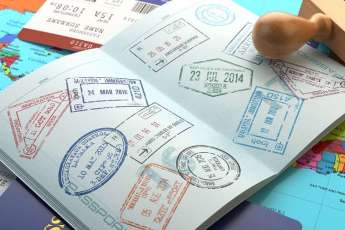







.jpg)




TraZefUK
on Nov 28, 2025HerbertPhomaMS
on Oct 19, 2025Lilyan Cuttler
on Oct 15, 2025Avenue17XC
on Sep 14, 2025Avenue18JL
on Jul 21, 2025